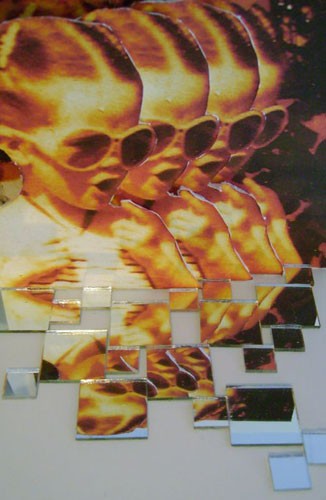ERIN BELANGER
CAAF Residency st[art]@Art Central, August – September 2009
BIOGRAPHY
Originally from Pickering, ON, Belanger earned her Bachelor of Fine Art from Mount Allison University in Sackville, NB. A lover of all things kitsch, Erin’s theoretical and studio research interests include imitation and the inauthentic; the miniature and the gigantic; and preservation and collective memory. Currently based in Calgary, AB, Erin divides her time between her independent practice and her work as an arts administrator for TRUCK Contemporary Art in Calgary.
PROJECT DESCRIPTION
Certainly, everything must disappear. All of our efforts to struggle against death, against disappearance, are in vain. When someone dies, it is what I have called the little memory that truly disappears. Everything they knew, their stories, their favorite books, their memories… Everything that forms us and constructs us disappears totally when we die. The great history is in books but the little history is very fragile.1
-Christian Boltanski
Erin Belanger’s studio practice investigates nostalgia, more specifically camp, as a means of access to collective memory. Although the origins of the word are unclear, Susan Stewart explains that camp has come to mean “an affection, or appreciation of manners and tastes commonly thought to be outlandish, vulgar or banal”, implying both an imitation and the inauthentic.2
The concept of collective memory is compelling – the idea that a single image can stir feelings in a myriad of viewers is emblematic of a deep-seated desire to belong to a group; it is human nature to seek connections with other individuals. This desire becomes a shared experience enabling connections to form, thus providing a sense of comfort derived from the identification with larger cultural signifiers.
1Miglietti, Francesca Alfano. Extreme Bodies: The Use and Abuse of the Body in Art. Milano, Italy: Skira Editor S.P.A, 2003. p 69
2Stewart, Susan. On Longing. Durham and London: Duke University Press, 1993. p 168


